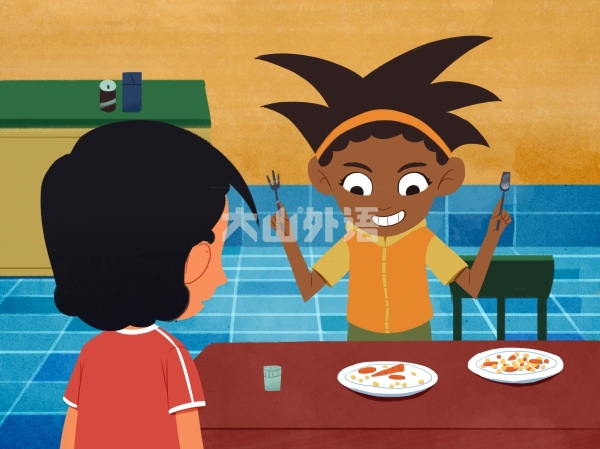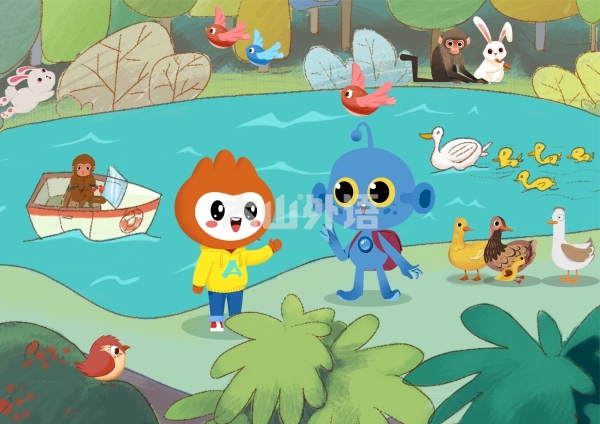独立主格结构表示时间、条件或原因时,相当于一个状语从句,一般放在句首,表示原因时还可放在句末;表伴随状况或补充说明时,相当于一个并列句,通常放于句末。

1.用作时间状语
The work done(After the work had been done), we went home. 工作完成后,我们就回家了。
2.用作条件状语
Weather permitting(=If weather permits), they will go on an outing to the beach tomorrow. 如果天气允许的话,他们将在明天组织一次海滨小游。
3.用作原因状语
An important lecture to be given tomorrow(=As an important lecture will be given tomorrow), the professor has to stay up late into the night. 因为明天要发表一个重要的演讲,教授不得不熬夜到很晚。
4.用作伴随状语
He was lying on the grass,his hands crossed under his head(=and his hands were crossed under his head).他躺在草地上,将两手交叉枕在脑后。
5.用作补充说明
We redoubled our efforts,each man working like two. 我们加倍努力,一个人干两个人的活。











